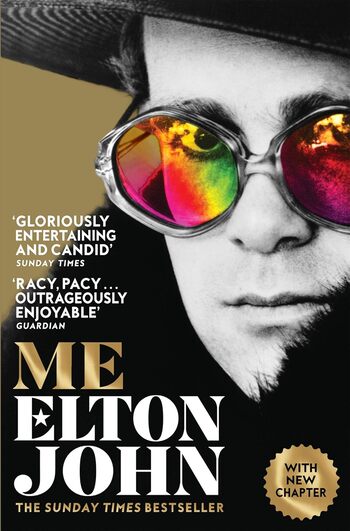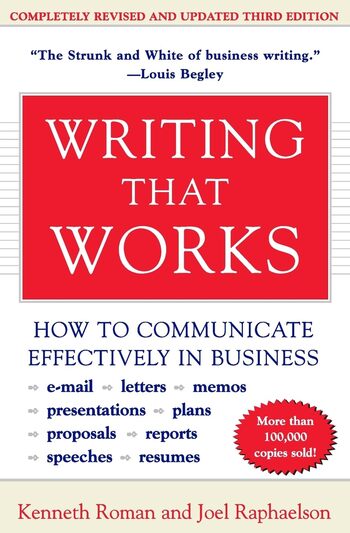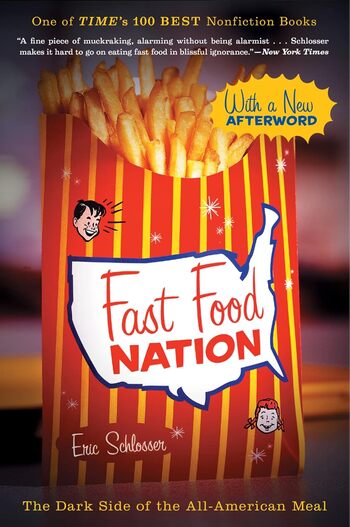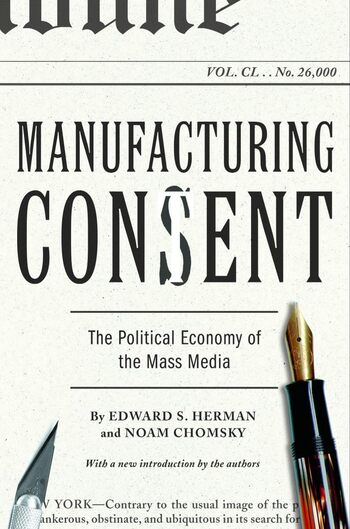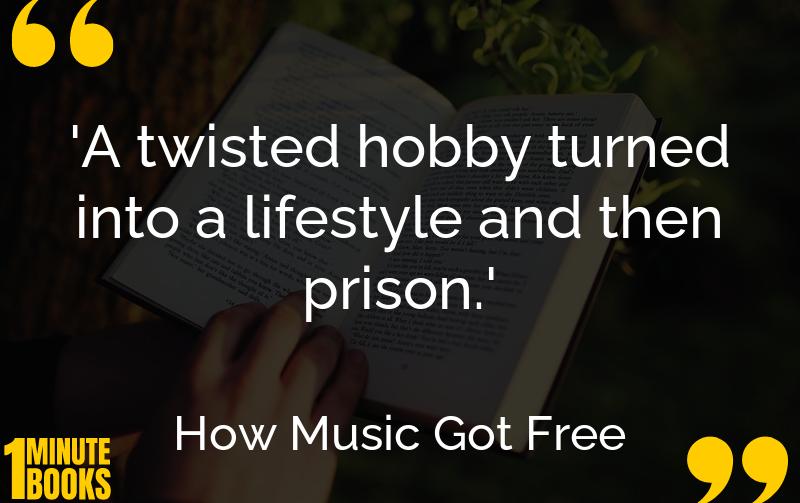
How Music Got Free chronicles the transformation of the music industry with the rise of the MP3, detailing the technological struggle between formats and the impact of music piracy.
Main Lessons
- The MP3 format revolutionized how music is distributed and consumed.
- Music piracy began with the widespread availability of MP3 conversion software.
- The internet facilitated music sharing, challenging traditional music sales models.
- Physical media like CDs fell out of favor with the advent of digital files.
- Dale Glover’s story illustrates how personal actions can have industry-wide effects.
- Technological innovation often disrupts established industries, forcing adaptation.
- Initial legal attempts to curb music piracy largely proved ineffective.
- The rise of platforms like Napster signaled a shift from ownership to access.
- Music industry adaptation led to the use of digital advertising for revenue.
- Streaming platforms like Spotify are now preferred over file downloading.
- The ease of music production and distribution raises questions about record companies’ roles.
- Digital alignment of the music industry was necessary but delayed.
- Music piracy reflects broader changes in cultural and media consumption.


